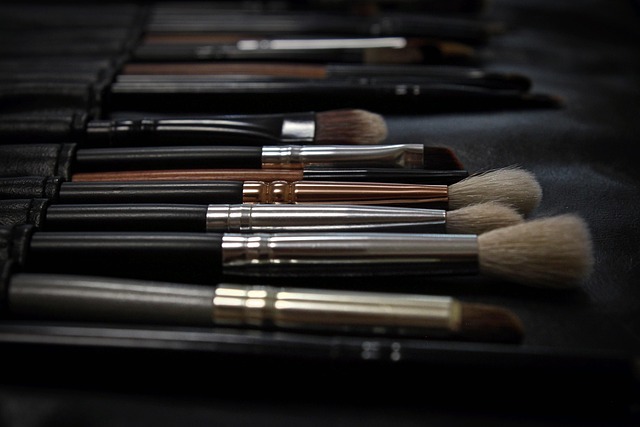In the world of fashion, creativity knows no bounds. Designers pour their hearts and souls into their creations, turning threads into statements, and fabrics into narratives. However, behind every innovative silhouette and groundbreaking design lies a complex web of legalities—most notably, patents. Understanding the role of patents in the fashion industry is crucial for both established brands and emerging designers alike.
When we think of patents, we often associate them with inventions and technological advancements. Yet, in the realm of fashion, patents play a vital role in protecting unique designs and functional innovations. For a designer, securing a patent means safeguarding their hard work against imitation and ensuring that their artistic vision is not diluted by unauthorized reproductions.
The fashion industry thrives on innovation, and patents are an essential tool for maintaining that momentum. From groundbreaking fabrics that change the way we experience clothing to functional designs that enhance everyday wear, patents provide a legal shield. This protection allows designers to invest in research and development, fostering an environment where creativity can flourish without the fear of being copied.
One of the most notable aspects of patents in fashion is the distinction between design and utility patents. Design patents cover the ornamental design of a functional item, allowing designers to claim ownership of their unique visual elements. On the other hand, utility patents protect the functional aspects of a product, such as innovative materials or construction techniques. Understanding these differences can empower aspiring designers to make informed decisions about what to protect and when.
Fashion is never static; it evolves with time, culture, and technology. Just as trends change, so too does the approach to intellectual property in the industry. Recently, the rise of sustainable and ethical fashion has led to innovative solutions that also require protection. Eco-friendly materials and innovative production methods are gaining traction, reinforcing the idea that patents are not just about maintaining exclusivity but also about promoting responsible creativity.
Moreover, collaboration is becoming a significant trend in the fashion realm, where designers team up with scientists, engineers, and technologists to create revolutionary products. This intersection of disciplines often leads to patents that encompass multi-faceted innovations. Understanding how to navigate patent laws can help facilitate these collaborations, ensuring that all parties reap the rewards of their creativity.
As we explore the future of fashion, the importance of patents cannot be overstated. They provide a roadmap that guides innovative thinkers in protecting their creations while simultaneously pushing the boundaries of what is possible. Designers who take the time to understand and leverage patent laws not only protect their work but also empower the industry to grow and evolve.
The world of fashion is a vibrant tapestry woven from countless ideas, inspirations, and innovations. In this dynamic landscape, understanding the intricacies of patents will equip designers with the knowledge they need to safeguard their visions and contribute to a flourishing and forward-thinking industry.




